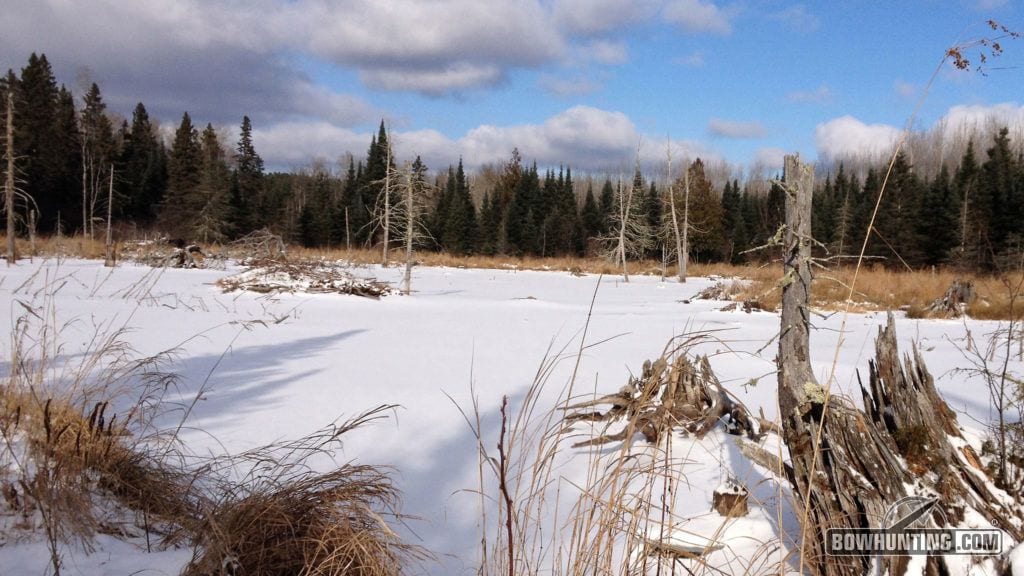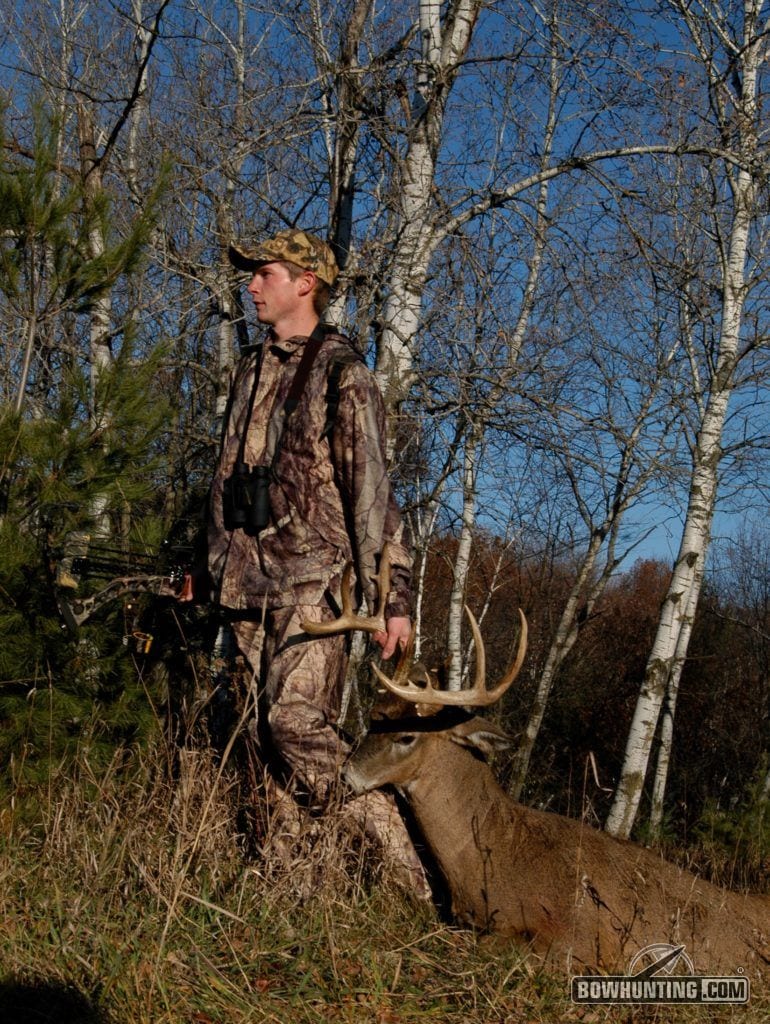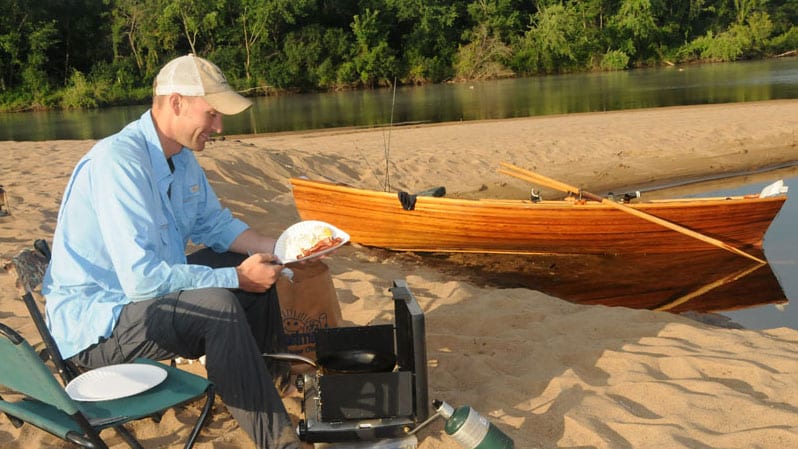Wisconsin’s seven-citizen Natural Resources Board approved the eventual sale of about 5,700 acres of state-owned wildlife lands when it met in late February in Madison.
Their OK boosted the state’s land-sale portfolio to about 7,100 acres, or 71 percent of the 10,000-acre goal the Department of Natural Resources must offer for sale by June 30, 2017. That edict was issued by Wisconsin Gov. Scott Walker and the Legislature in the 2013-15 state budget.
The Wisconsin DNR and its governing board earlier approved 1,406 acres for the sell-off, and the agency is now working to identify the remaining 2,700 acres to meet the mandate.

The Wisconsin Department of Natural Resources has identified 71 percent of the 10,000 state-owned, publicly accessible acres it must offer for sale by June 30, 2017.
The agency began this second phase in July 2015 by listing 118 parcels for internal review. During its review, the agency added 31 more parcels, but removed all spring ponds with native brook trout from consideration.
The DNR eventually settled on 81 parcels totaling 5,700 acres to sell, 35 parcels totaling 1,632 acres to retain, and 32 parcels totaling 2,195 acres to review further. The DNR recommends:
— 23 parcels totaling 2,405 acres be sold to the adjoining county, tribal nation or nearby municipalities. These lands would likely remain open to public use.
— 35 parcels totaling 2,486 acres be sold to adjoining landowners. These mostly landlocked parcels are already inaccessible to the public without permission from a bordering landowner.
— 23 parcels totaling 800 accessible acres be sold through competitive public bidding. These lands would likely be closed to further public use.
By most accounts, DNR land managers responsibly pecked away at the legislative mandate to find 10

Wisconsin’s bowhunters and other outdoorsmen could lose favorite hunting lands as the state prepares to sell off 10,000 publicly owned properties.
acres here, 90 acres there, and 15 acres across the way to sell. The DNR controls about 1.5 million acres, and in recent years typically had about 8,000 acres of outliers and cast-offs it wasn’t sure how to use.
Even so, citizens are learning these proposed sales won’t be painless, and include far more than the landlocked parcels that some folks often cite as justification. Inholdings make up 41 percent of the 5,700 acres on the current list.
And so the state proceeds, but questions remain. For instance:
— How much of that land would have been merged into DNR project areas – and less easily poached for sale – if the agency hadn’t often been so slow in writing those area’s master plans the past quarter-century?
— How much of the DNR’s tardy planning was the agency’s fault, given endless budget cuts inflicted by the same lawmakers who simultaneously claimed government inefficiency?
— How many bowhunters will lose access to favorite trails, portages, access points or deer stands? After all, the DNR didn’t send employees to these lands in recent years to interview visitors.
— What will the DNR do when a county, town or tribe looks at the tendered land and says: “Pfft! Do you see money packing our pockets? We won’t pay top dollar for land you’re dumping. Here’s our price, chumps. Take it or leave it.”
— Since landowners bordering inholdings can already use the land as their own, how much will they pay for its undisputed use and tax obligations?
— How much will people pay for stream banks or creek bottoms if the contract includes easements for hunting and fishing?
Speaking of sale prices, the DNR’s best guess averages $2,700 an acre. Doug Haag, the DNR’s deputy bureau director of lands and facilities, uses that figure cautiously. “It’s the age-old real-estate question,” he said. “Until you specify location, restrictions and best-use options, there’s no way to predict final prices.”
Given such uncertainties, no one knows if this sell-off will appease lawmakers, whose only guidance remains, “The DNR owns too much land.”
Public reaction from bowhunters and other outdoorsmen will likely decide how much is too much. Therefore, bowhunters should realize this sales drive didn’t originate in Wisconsin’s 2013-2015 state budget. Some conservatives have been pushing for decades to sell federal lands, and more than a few of Wisconsin’s homegrown privateers hijacked the idea for state-owned lands.

Efforts to sell of public lands in Wisconsin have their roots in national initiatives to privatize more land and natural resources.
Of course, the Republican party bristles at those reminders, but this is on the GOP. In 2012, these privatization ideas were part of the party’s presidential platform:
“Experience has shown that, in caring for the land and water, private ownership has been our best guarantee of conscientious stewardship, while the worst instances of environmental degradation have occurred under government control. … Congress should reconsider whether parts of the federal government’s enormous landholdings and control of water in the West could be better used for ranching, mining, or forestry through private ownership. … The enduring truth is that people best protect what they own.”
That’s highly debatable.
Besides, most hunters and other conservationists would feel better if the GOP’s 2012 presidential platform on conservation had ended with this earlier section: “Policy … must balance economic development and private property rights in the short run with conservation goals over the long run. Also, public access to public lands for recreational activities such as hunting, fishing and recreational shooting should be permitted on all appropriate federal lands.”
The trouble is, segments of the GOP are forever pushing to sell those same public lands, and Wisconsin isn’t getting long-term conservation policy from its Legislature or governor. Their lack of a land ethic and homegrown conservation values leave them vulnerable to outside influence.
Which brings us to the advocacy group American Legislative Exchange Council, or ALEC. This group is notorious for writing pre-fab bills and holding conventions to explain the details to invited GOP lawmakers from across the country. In turn, these empty vessels bring ALEC’s ghost-written legislation home, insert their name in the blanks, and claim the bill as their own.
The Wisconsin GOP has long done better for bowhunters and the outdoors community. Warren Knowles, Guido Rahr Sr., Charles F. (Frosty) Smith, and several Gov. Tommy Thompson appointees to the DNR Board – Trygve Solberg, Herb Behnke and Pete Helland, for example – are/were proud Republican conservationists.
Maybe it’s time Wisconsin’s lawmakers respected that heritage, and learned more about the state’s land values than their sales price.

 By
By 



